The world of premium beef is a realm where few names command as much respect as Japanese Wagyu, particularly the coveted A5 grade. Among its many celebrated qualities, the density of the marbling—often referred to as "snowflaking" for its intricate, lace-like patterns—stands out as the defining characteristic of this luxurious meat. To understand why A5 Wagyu is so highly prized, one must delve into the science, artistry, and cultural significance behind its exquisite fat distribution.
At the heart of A5 Wagyu's allure is the unparalleled marbling that sets it apart from all other beef. The fat in Wagyu is intramuscular, meaning it is woven seamlessly into the lean meat rather than sitting on the surface. This results in a buttery texture and a rich, umami-laden flavor that melts at body temperature. The density of this marbling is graded on a strict scale by the Japanese Meat Grading Association, with A5 representing the pinnacle. Only beef that meets the highest standards of fat dispersion, color, brightness, firmness, and overall quality earns this elite designation.
The journey to achieving such dense marbling begins with genetics. Japanese Wagyu cattle, particularly the Tajima strain of the Kuroge Washu breed, possess a unique genetic predisposition for intense intramuscular fat deposition. These cattle are raised with meticulous care, often in small herds where each animal receives individualized attention. Their diet is carefully controlled, consisting of high-energy feeds, rice straw, and sometimes even beer or sake mash to stimulate appetite. The stress-free environment, combined with massages and gentle exercise, ensures the fat distributes evenly throughout the muscle tissue.
What makes A5 Wagyu's marbling truly extraordinary is the composition of the fat itself. Unlike the harder, less flavorful fat found in conventional beef, Wagyu fat is rich in monounsaturated fatty acids and oleic acid, the same healthy fats found in olive oil. This gives the meat its signature melt-in-the-mouth texture and a subtly sweet, nutty flavor. When cooked, the fat renders at a lower temperature, bathing each bite in juiciness without leaving a greasy residue.
The grading process for A5 Wagyu is rigorous and leaves no room for error. Inspectors evaluate the Beef Marbling Standard (BMS), which ranges from 1 to 12, with 8-12 qualifying as A5. The meat must also score highly on yield (the ratio of usable meat to carcass), color and brightness of the fat, firmness, and overall texture. Only about 3% of all Wagyu produced in Japan meets these exacting criteria, making A5 a rare and highly sought-after commodity.
Chefs around the world prize A5 Wagyu for its versatility and depth of flavor. While it is often served as steak, its high fat content makes it ideal for a variety of preparations. Thinly sliced for shabu-shabu or sukiyaki, the marbling ensures each piece remains tender and flavorful even with minimal cooking. When seared as a steak, the exterior develops a crisp crust while the interior stays luxuriously soft. Some avant-garde chefs even use A5 Wagyu fat as a finishing oil for dishes, infusing them with its rich umami essence.
Beyond its culinary applications, A5 Wagyu embodies a cultural legacy. The rearing of Wagyu cattle dates back centuries in Japan, where beef was once a rarity due to Buddhist dietary restrictions. Over time, selective breeding and dedicated husbandry transformed Wagyu into a national treasure. Today, regions like Kobe, Matsusaka, and Ōmi are renowned for their distinct Wagyu varieties, each with subtle differences in marbling density and flavor profile. The pride of Japanese farmers and the painstaking effort they invest in each animal are palpable in every bite of A5 beef.
For connoisseurs, the experience of eating A5 Wagyu is akin to savoring fine wine or aged whiskey. The marbling isn’t just about aesthetics—it’s a testament to the harmony of nature, tradition, and human craftsmanship. As global demand for premium beef grows, the mystique of A5 Wagyu’s snowflake-like marbling continues to captivate food lovers, ensuring its place as the gold standard of luxury meat.
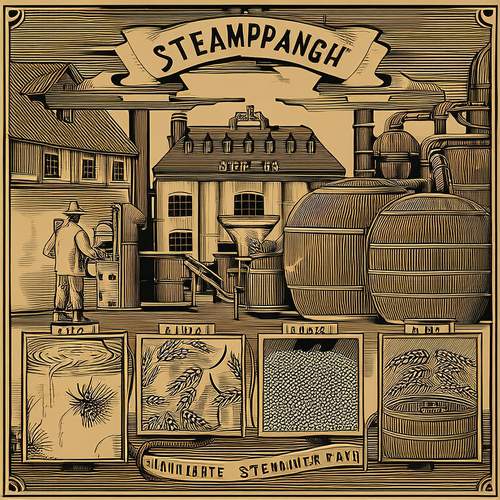
By /May 26, 2025

By /May 26, 2025
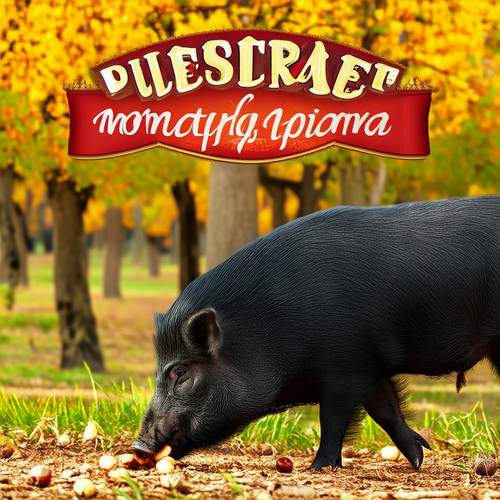
By /May 26, 2025
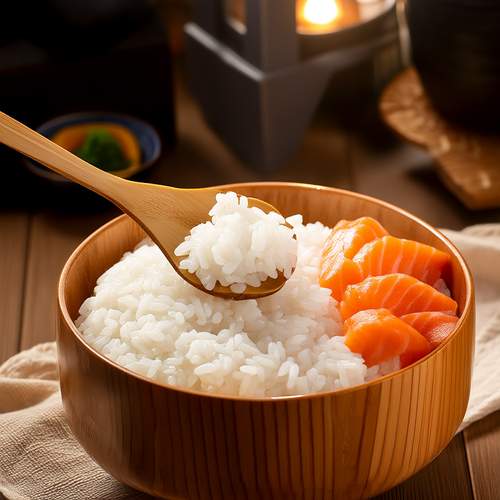
By /May 26, 2025

By /May 26, 2025

By /May 26, 2025

By Emily Johnson/May 10, 2025

By Elizabeth Taylor/May 10, 2025
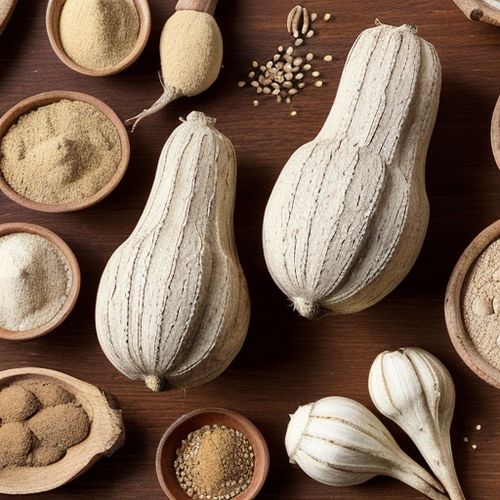
By Michael Brown/May 10, 2025
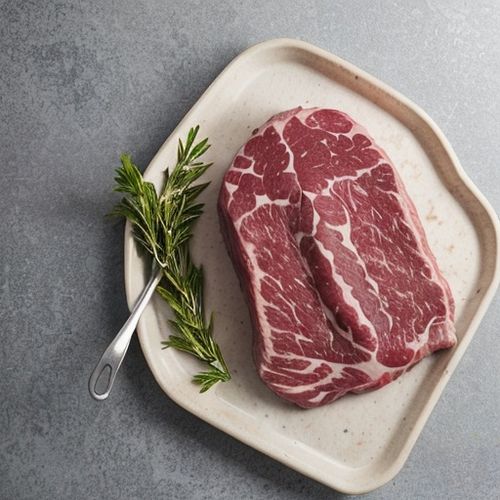
By Joshua Howard/May 10, 2025
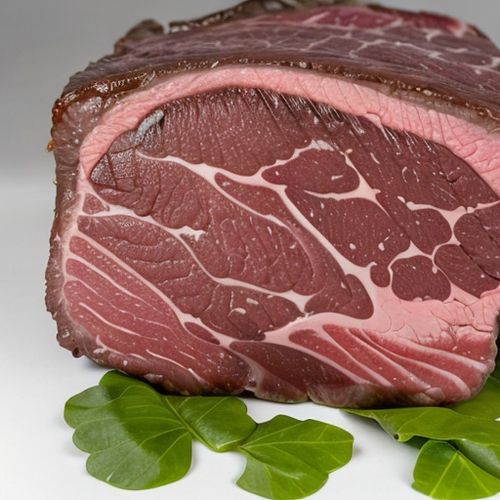
By William Miller/May 10, 2025
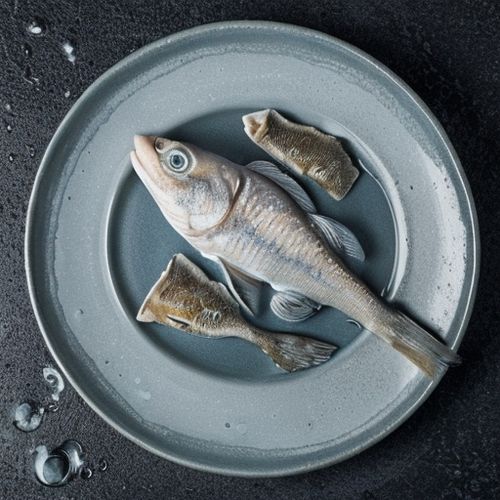
By Thomas Roberts/May 10, 2025
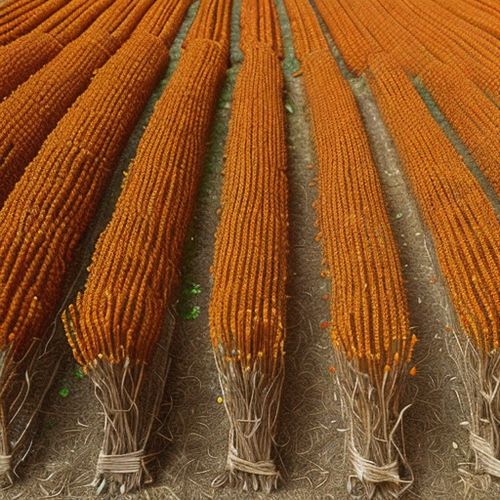
By Laura Wilson/May 10, 2025
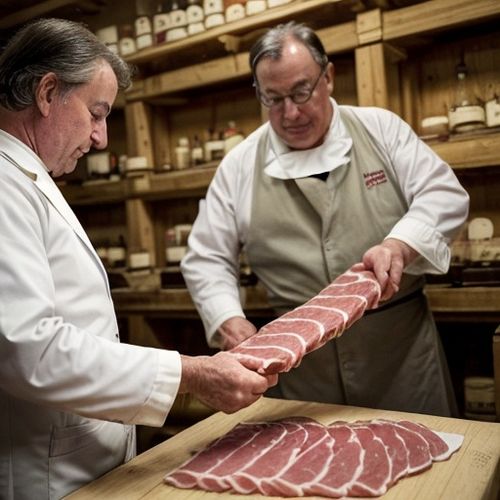
By Joshua Howard/May 10, 2025

By Ryan Martin/May 10, 2025
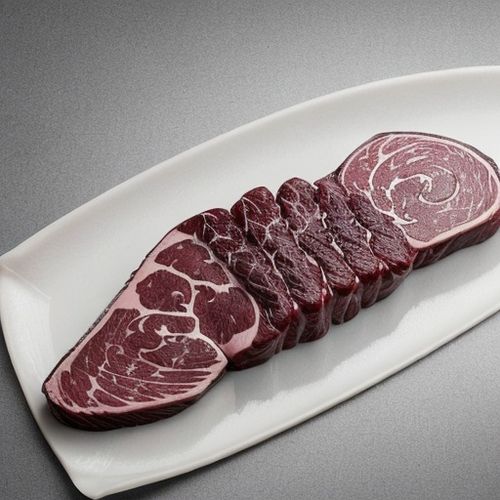
By Sarah Davis/May 10, 2025